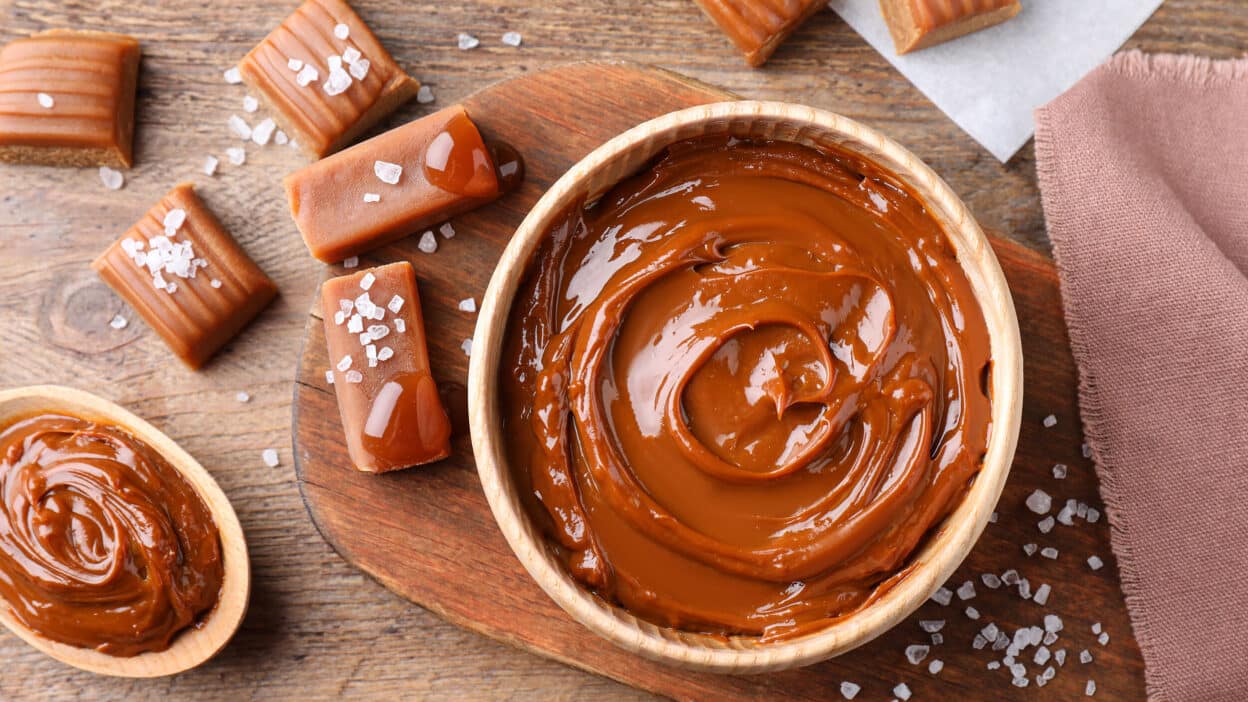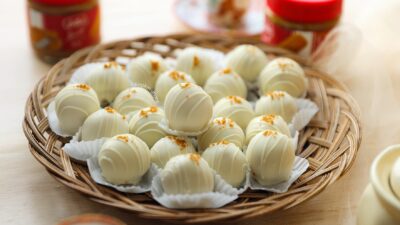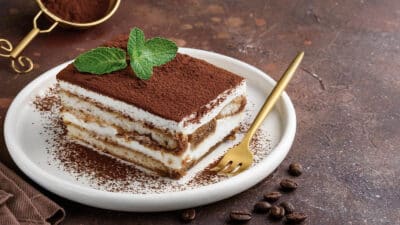Making caramel at home is simpler than many think, and it only takes a few basic ingredients like sugar, butter, and cream. The key to perfect caramel is melting and browning sugar carefully until it reaches a smooth, rich flavor and golden color. Whether for drizzling over desserts or adding a sweet touch to drinks, homemade caramel is a tasty treat anyone can create.
People can choose between different types of caramel too. Wet caramel, made by boiling sugar with water, is great for sauces and dips, while dry caramel, made by melting sugar alone, works well for candies and firmer desserts. With a little attention and practice, anyone can make caramel that tastes just right.
This post will walk readers through easy steps and share helpful tips to avoid common caramel-making mistakes. It’s a fun way to bring a homemade touch to favorite sweets.
Essential Ingredients and Tools
Making caramel requires a few key ingredients and the right tools to get the best results. Simple choices, such as the type of sugar and equipment, make a difference in texture and flavor. Small additions can also help enhance the taste without making the process complicated.
Choosing the Right Sugar
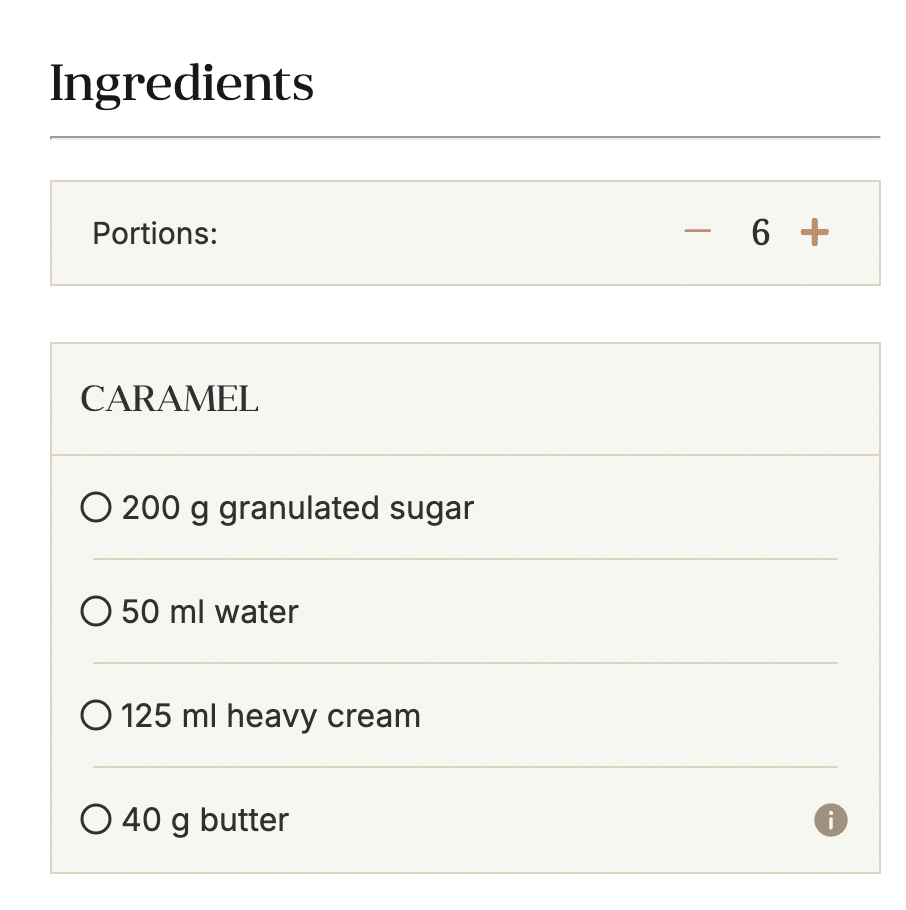

Granulated white sugar is the best choice for caramel because it melts evenly and browns nicely. Some cooks prefer using superfine sugar because it dissolves faster, but regular granulated sugar works well too.
Avoid brown sugar unless a specific recipe calls for it, as it can change the flavor and color of the caramel. Using pure cane sugar without additives is ideal, as it gives the cleanest caramel taste.
Sugar amount will usually range from 1 to 2 cups depending on the recipe. Measuring sugar carefully helps control the texture and prevents burning.
Recommended Equipment


A heavy-bottomed saucepan is essential to cook the sugar evenly and avoid hot spots that cause burning. Stainless steel or enamel pans work well.
Use a wooden spoon or heat-safe silicone spatula for stirring since plastic can melt at high heat. A candy thermometer is helpful but not required; watching color changes is a good alternative.
Small bowls for prep, measuring cups and spoons, and oven mitts for safety complete the basic setup. A clean, damp pastry brush can help prevent sugar crystals forming on the pan sides.
Additional Flavor Enhancers
Butter adds a rich, creamy texture to caramel and helps balance the sweetness. Unsalted butter is preferred so the cook can control the salt level.
A splash of heavy cream or half-and-half makes caramel smooth and pourable. Vanilla extract is usually added at the end for a warm, sweet flavor.
Salt, especially flaky sea salt or kosher salt, enhances the taste and helps balance sweetness. Some recipes suggest herbs like rosemary or spices like cinnamon to add a unique twist.
Step-by-Step Caramel Making Process
Making caramel requires careful preparation, a choice between two main methods, and close attention to temperature. These steps help create caramel that is smooth, flavorful, and just the right color.
Preparing Ingredients
The basic ingredients for caramel are simple: sugar, water, and sometimes butter or cream for sauces. It is important to measure ingredients accurately because too much or too little can change the texture and taste.
Using granulated white sugar is best. If making wet caramel, water helps dissolve the sugar evenly before heating. For dry caramel, no water is added, so the sugar melts directly.
If adding butter or cream, these should be at room temperature. Adding cold cream suddenly can cause the caramel to seize or harden. Having all ingredients ready before starting helps the process go smoothly.
Dry Versus Wet Methods
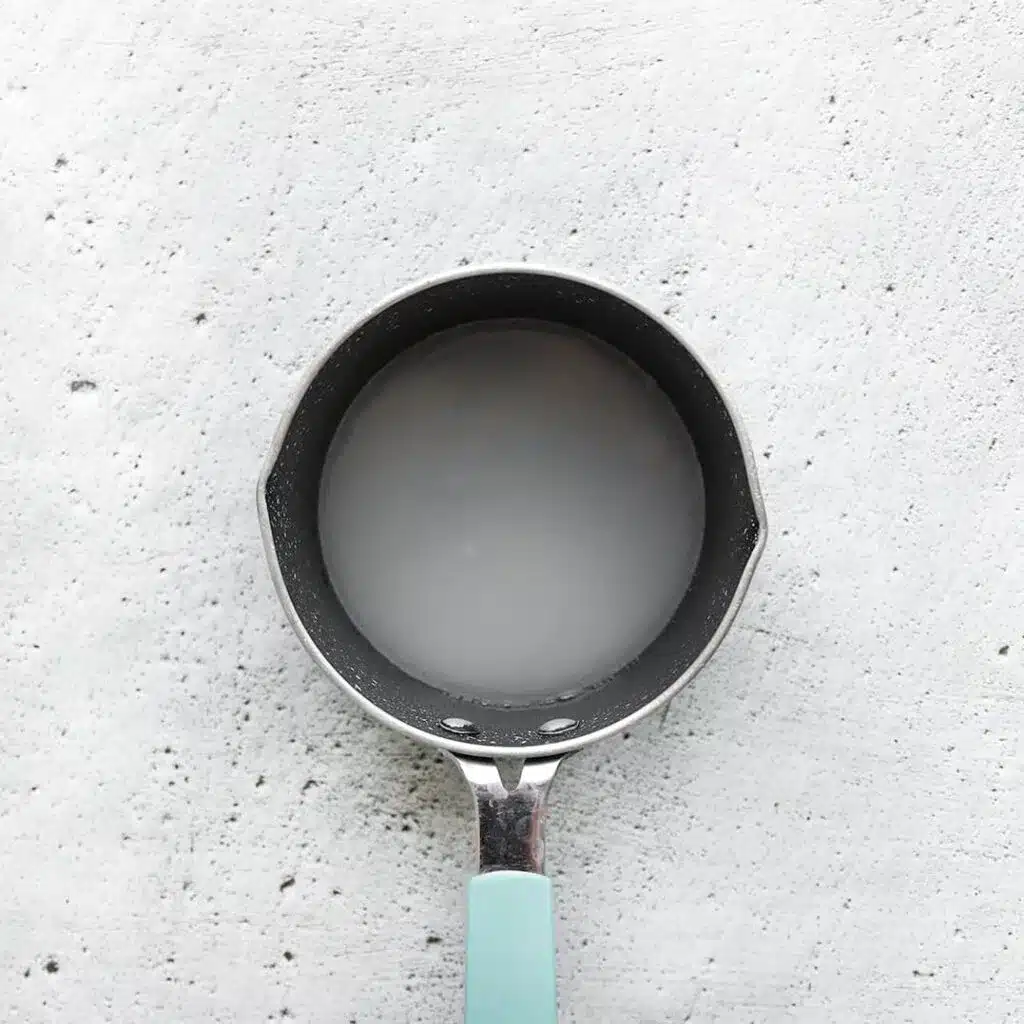
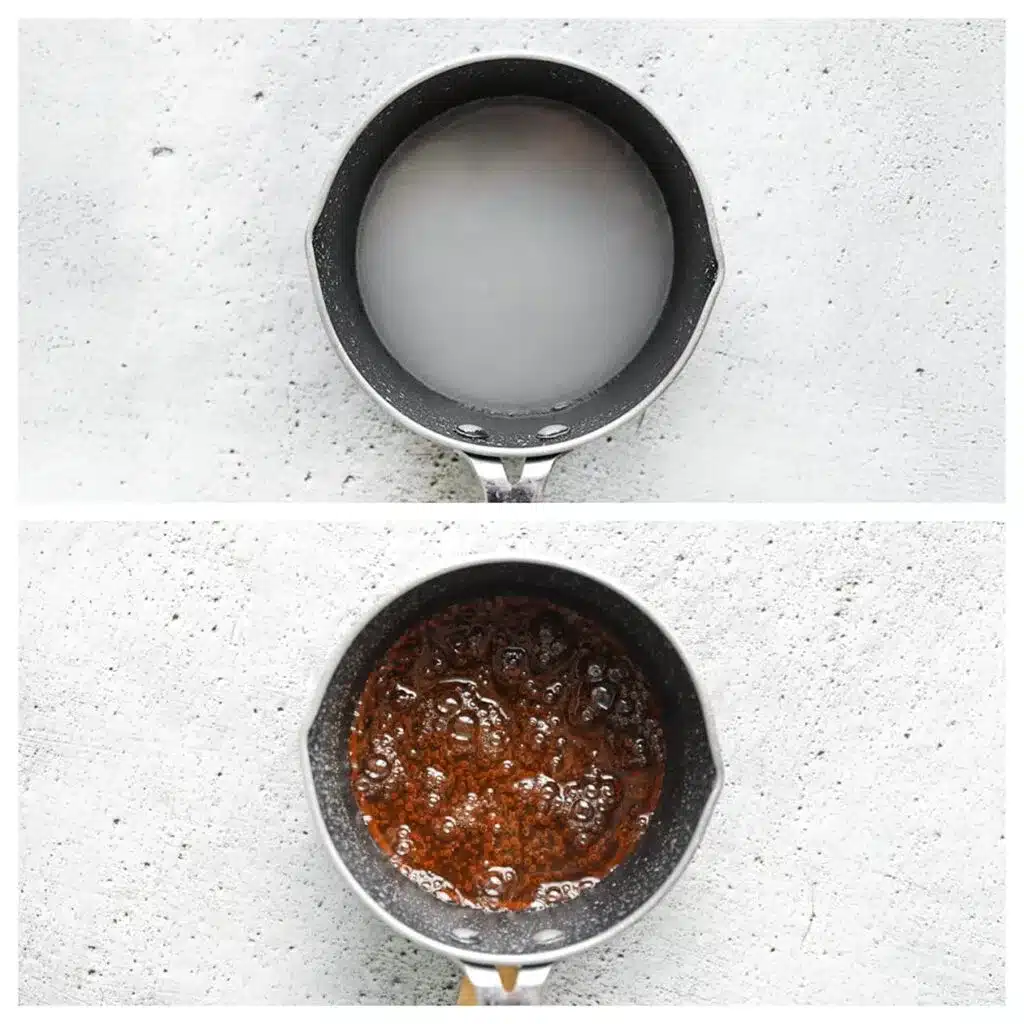
The dry method means heating only sugar in a pan until it melts. It tends to work faster and creates a deeper caramel color but requires careful stirring to prevent burning.
The wet method mixes sugar and water before heating. This method is easier to control because the sugar dissolves fully and heats evenly. It reduces the risk of hot sugar crystals forming, which can make the caramel gritty.
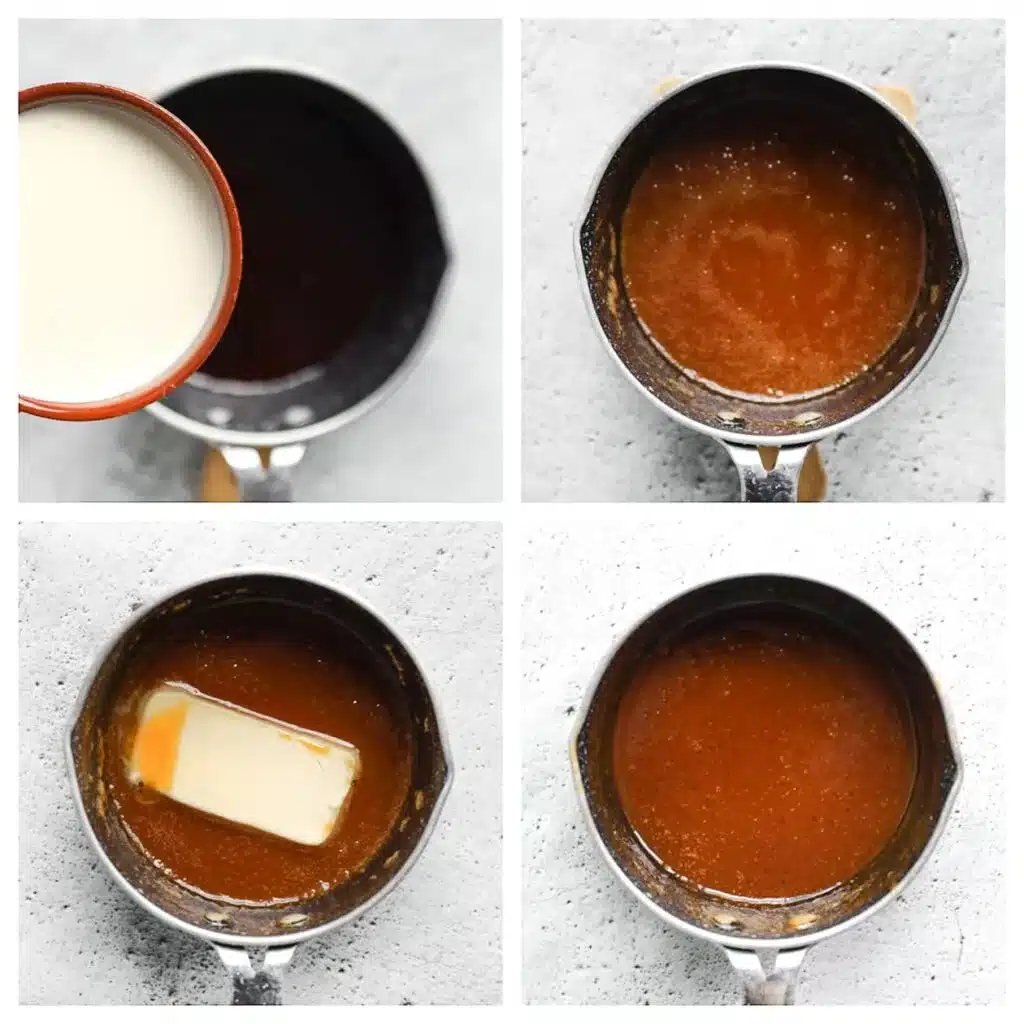
The wet method is usually better for beginners. It creates a smooth syrup that darkens slowly, allowing more time to watch and stop at the right moment.
Monitoring Temperature
Temperature control is key to perfect caramel. Sugar melts around 320°F (160°C), but caramelizing it to the right stage usually happens between 340°F and 350°F (171°C to 177°C).
Using a candy thermometer helps track the heat without guessing. Stops cooking too early, and the caramel may be pale and weak. Too late, and it becomes bitter or burnt.
Once the caramel reaches the desired temperature and color, it’s important to remove it from heat immediately to prevent overcooking. Working quickly with any added butter or cream will keep the sauce smooth and creamy.
Tips for Perfecting Homemade Caramel
Making caramel requires attention to detail in how sugar melts and browns. Controlling sugar texture, color, and common errors can make the difference between smooth caramel or a burnt, gritty mess.
Avoiding Crystallization
Crystallization happens when sugar forms tiny crystals, turning caramel grainy. To prevent this, it’s important to dissolve sugar fully before heating. Using a wet spatula or brush to wipe down the sides of the pan can keep stray sugar crystals from forming on the edges.
Adding a small amount of acid, like lemon juice or cream of tartar, helps stop crystals from growing. Stirring too much during cooking can cause crystallization, so it’s best to stir only at the start. Patience and gentle heating also reduce the risk.
Achieving Desired Color and Texture
Caramel’s color shows how cooked it is, affecting flavor and texture. Light amber means milder taste and softer texture, while darker amber gives a stronger, slightly bitter flavor with firmer caramel.
Using a candy thermometer helps monitor the temperature closely—caramel typically cooks between 320°F and 350°F. For sauces, cook less time to keep it pourable. For candies, let it go longer so it firms up when cooled.
Common Mistakes to Watch Out For
Burning sugar is a common problem. Sugar can quickly go from golden to burnt in seconds, so never leave it unattended. Use medium heat and watch for a rich amber color right before it smells slightly nutty.
Adding cold butter or cream too fast can make caramel seize or splatter. It’s best to remove the pan from heat first and pour slowly while stirring. Using the wrong type of sugar, like powdered sugar, can also cause issues since it doesn’t melt the same way.
Keeping these points in mind helps create smooth, flavorful caramel every time.
Creative Variations and Flavor Ideas
Caramel can be customized in many ways to suit different tastes and dietary needs. Adding salt, using dairy-free ingredients, or infusing unique flavors can transform basic caramel into something special.
Salted Caramel


Salted caramel balances sweetness with a little salt to create a richer taste. It’s popular because the salt enhances the buttery flavor and cuts down on the sugary sweetness.
To make salted caramel, sprinkle a small amount of flaky sea salt on top after pouring the caramel into molds or onto parchment paper. He or she can also stir salt directly into the caramel sauce once it’s cooked but before it cools. The key is to use salt sparingly—too much can overpower the caramel.
Salted caramel is excellent for topping ice cream, drizzling over cakes, or gifting in small batches.
Dairy-Free Alternatives


For those who avoid dairy, caramel can still be made without butter or cream. Using coconut milk or coconut cream instead can create a creamy texture with a slight coconut flavor.
Almond or oat milk might work but tend to produce a thinner caramel. It is important to use full-fat coconut milk or cream for the best results because the fats help achieve the classic caramel richness.
Also, replacing butter with coconut oil keeps the caramel smooth. This version works well for people with lactose intolerance or vegan preferences while still offering a satisfying taste.
Infused Flavors

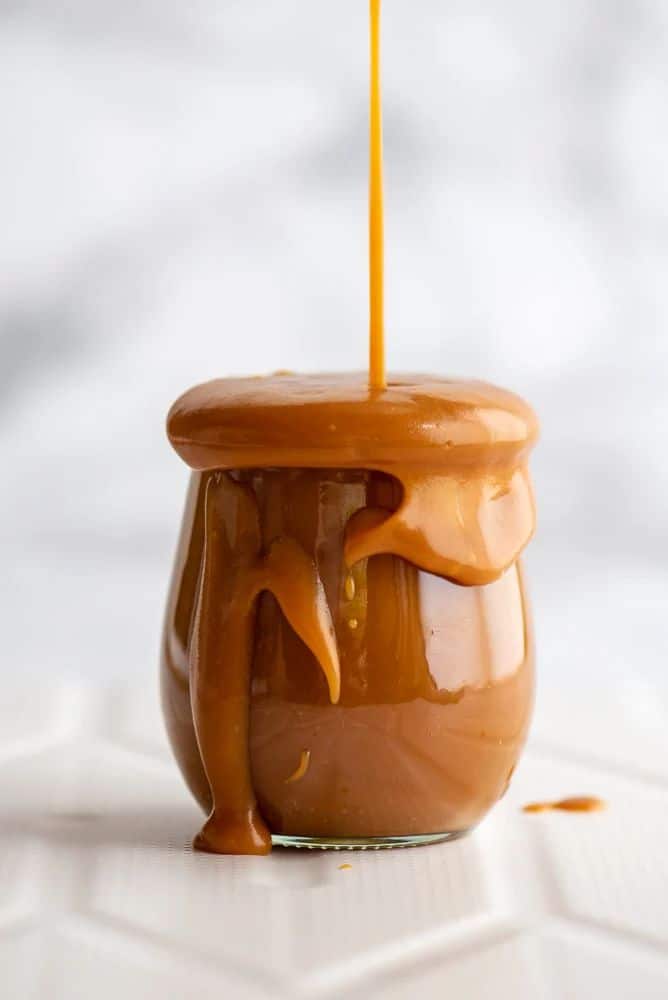
Caramel can be enhanced by adding extra flavors during cooking. Vanilla is a common choice, but spices like cinnamon or cardamom can add warmth and depth.
He or she might add fresh herbs such as rosemary or thyme steeped briefly in the cream before mixing it with the sugar. Citrus zest like orange or lemon can brighten the flavor.
For a bolder option, espresso powder or chili flakes bring interesting twists. It is best to add these ingredients in small amounts and taste as you go to avoid overpowering the caramel’s buttery base.
Storage and Serving Suggestions
Caramel should be stored carefully to keep its texture and flavor intact. Knowing how long it lasts and how to serve it can help anyone enjoy homemade caramel at its best.
Proper Storage Methods
Caramel needs to cool completely before storing to avoid moisture buildup. It should be kept in an airtight container to protect it from air and humidity.
For caramel sauce, refrigeration is best. It can last in the fridge for up to two weeks if covered well. For firmer caramel candies, wrapping each piece in wax or parchment paper helps prevent sticking.
If longer storage is needed, caramel can be frozen in sealed containers. Thaw it slowly in the fridge before use. Avoid handling caramel too much to keep it from absorbing moisture or becoming sticky.
Shelf Life
Caramel’s shelf life depends on how it’s stored and its ingredients. Caramel sauces made with dairy last about two weeks refrigerated.
Hard caramel candies stay fresh longer, usually up to a month if stored properly. Room temperature storage is okay for short periods but cooler, dry places are better.
Avoid exposing caramel to warm or humid conditions, which can cause it to turn sticky or lose texture. Checking caramel for any signs of mold or off smells before use is a good practice.
Best Ways to Serve Caramel
Caramel is great on desserts like ice cream, cakes, and apples. It can be drizzled warm or used as a dip.
For sauce, warming gently makes it pourable and smooth. It’s good to stir before serving to mix any separated syrup.
Candies can be served at room temperature for the best chewiness. Cutting them into small pieces makes for easy sharing or gifting. Caramel is versatile and adds rich sweetness to many treats.
